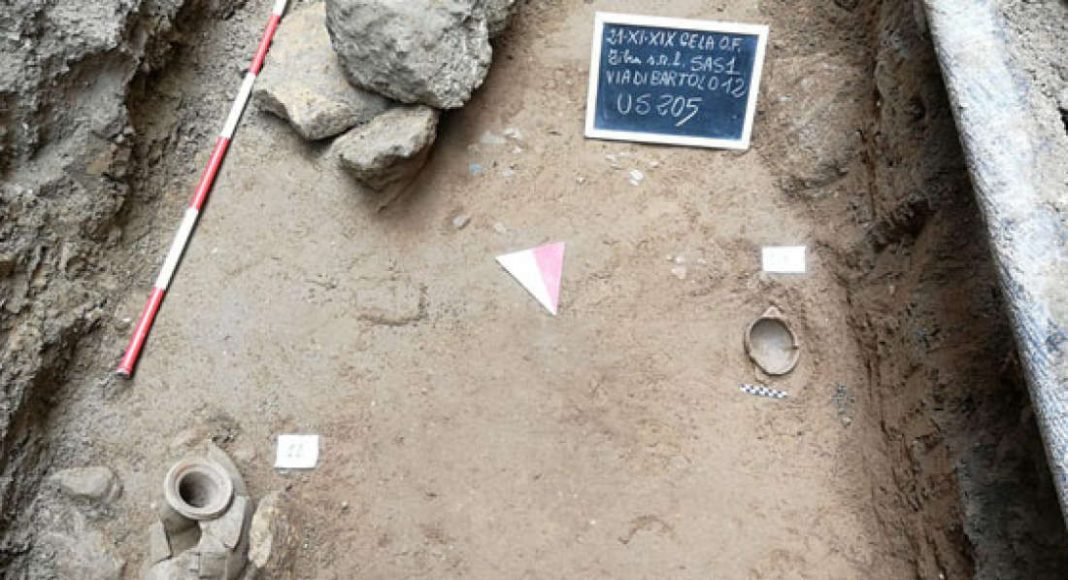Employees from “Open Fiber” who were lying fibre optic cables in the southern part of Sicily were surprised to discover two ancient burial sites underground, which are believed to be connected to an ancient Greek city. One of the urns was discovered with the remains of a newborn baby inside.
The 2500-year-old remains have started an archaeological investigation, which officials say will continue to expand the theory of an ancient burial ground dating back to the first Greek inhabitants of Italy, said The Local Italy.
Among the artefacts found was a hydria, an ancient vase, with a fine continuous-wave decoration along its rim. Hydria were traditionally used to carry water but have also been known to serve as a cinerary urn. In this case, the vase was used to accommodate the small bones of a newborn baby.
Just two weeks prior, a sarcophagus with an intact skeleton was discovered just a short distance away, reports the Italian government. Large slaughtered animals were also reportedly found at the site in what may have been part of a funerary ritual.
The Department of Cultural Heritage believes that the cemetery may be a part of Borgo, a necropolis that was first excavated at the beginning of the 20th century. A large block between the two may have served as a boundary between the city and its burial ground, reports Italian publication La Sicilia.
Additionally, more than a dozen ceramic objects were discovered, each constructed in the style of Fikellura and likely produced in Rhodes more than 2,500 years ago.
“Once again, Gela confirms itself as one of the Sicilian places that can tell an important part of our ancient history,” said president of the Sicilian Region Nello Musumeci in a translated press release, adding that the discovery is confirmation of the high attention paid to the Gelese territory, which is considered to be a “precious treasure chest of archaeological evidence.”
Gela is believed to be one of the earliest settlements of immigrating Greeks from the nearby islands of Rhodes and Crete. The graves at this site are of particular importance because they belong to some of the first people to inhabit the new colony, bringing with them rich ceramics that are still coveted across much of Europe today, according to Britannica.
Musumeci says that he intends to continue the work of evaluating the area in light of the recent findings.
